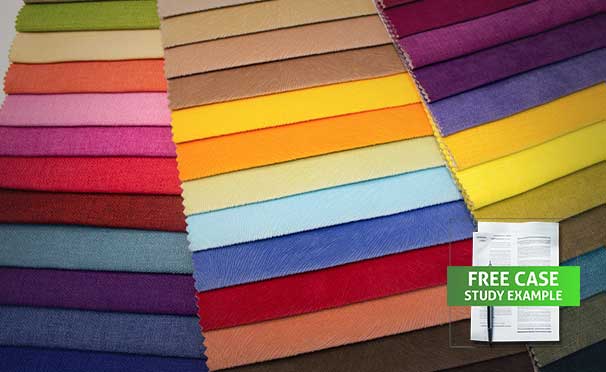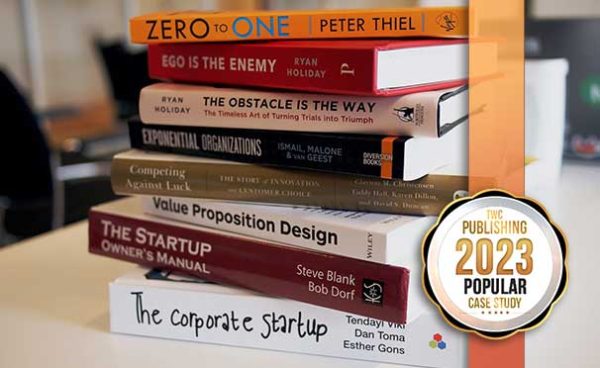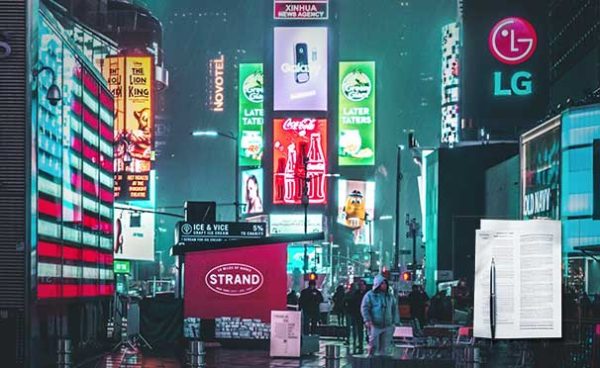Sustainable Textiles – CCSE
No Fee
| Access | Free Download |
|---|---|
| Case ID: | M-ST-20230623-1-V3 |
| License: | CC BY-NC-SA 4.0 |
| Pages | 5pgs |
| Case Study Analysis | Included |
| Teaching Notes | Included |
| Ai Level | Content co-authored with the OpenAI API |
| Category(s) | Operations Management: Rating – 9/10, |
This case study examines the operational challenges faced by Sustainable Textiles (ST), a leading player in the eco-friendly clothing industry, particularly focusing on its inventory management strategies. ST, a San Francisco-based, family-owned business specializes in eco-friendly yoga wear and follows a distinct strategy of maintaining an inventory buffer, enabling rapid production and deliveries. However, this strategy has resulted in significant issues, including an accumulation of unsold inventory, posing a substantial impact on the company’s financial health. The case offers a deep-dive into ST’s business operations, exploring the balance between demand, production capacity, and inventory management while considering sustainability. It encourages readers to explore potential solutions, offering insights into the dynamics of operating in a competitive, sustainability-focused industry.
Case Study Analysis: Sustainable Textiles
- Facts and Data: The case provides several important data and facts related to the company Sustainable Textiles (ST).
- ST was founded in the year 2000, and it specializes in eco-friendly yoga wear.
- ST uses a "locally made, one-stop shop" production model.
- The company has significant problems with inventory management, specifically related to maintaining an inventory buffer.
- The company faces the issue of accumulating unsold inventory.
- Financial data is also provided about the production cost of their products.
- The case includes data on the distribution of sales throughout the year (Exhibit A).
- Formatting Elements:
- The case has sections like Foreword, Introduction, Industry Overview, Company Overview, Sales and Distribution, Production Process, Inventory and Production Planning, and Conclusion.
- The title is clear and concise.
- Exhibit A serves as a visual aid to support the text.
- Structure: The case largely follows the structure you outlined:
- Opening: Introduces the protagonist (Emily Thompson, the COO) and decision point (unsold inventory issue).
- Organization background: Provides details about ST’s history, industry, products, services, structure, and competition.
- The area of interest: Discusses inventory management and the challenges therein.
- Case decision: Highlights the dilemma facing Emily Thompson about inventory management.
- The conclusion: Restates the issue (inventory management) and the tasks at hand (improving this system to reduce waste).
- Main Idea and Supporting Points: The main thesis presented in this case is the difficulty of balancing efficient inventory management with sustainability in the eco-friendly clothing industry. The key points supporting this thesis are:
- The growing need for sustainable practices in the clothing industry.
- The specific issues faced by ST with their inventory buffer strategy, particularly regarding the accumulation of unsold stock.
- The financial and environmental implications of the current inventory management strategy.
- Key Terms and Style/Tone: The text uses industry-specific terms like 'inventory buffer', 'back order items', 'stock-outs', and 'obsolescence'. The style is professional and informative, and the tone is analytical.
- Word Frequency and Reading Level: Without a text analysis tool, I can't provide a precise word frequency analysis or reading level. However, from a qualitative perspective, the text is geared toward an audience with some understanding of business practices, particularly related to inventory management and sustainability.
- Overall Theme and Context: The case study focuses on the intersection of sustainability and inventory management in the clothing industry. It presents the challenges of balancing environmental concerns with business needs.
- Recommendations for Teaching Resources:
- Discussion: You can focus on topics like sustainability in business, inventory management strategies, and the implications of holding excessive inventory.
- Text Questions: Questions can be crafted around how ST can better manage its inventory, the potential impacts of different strategies on ST's finances and sustainability efforts, and how other companies in the industry handle similar challenges.
- Integration into Class: This case study fits well in business strategy, operations management, sustainability, or entrepreneurship courses. It could be used to exemplify real-world dilemmas facing businesses today.





